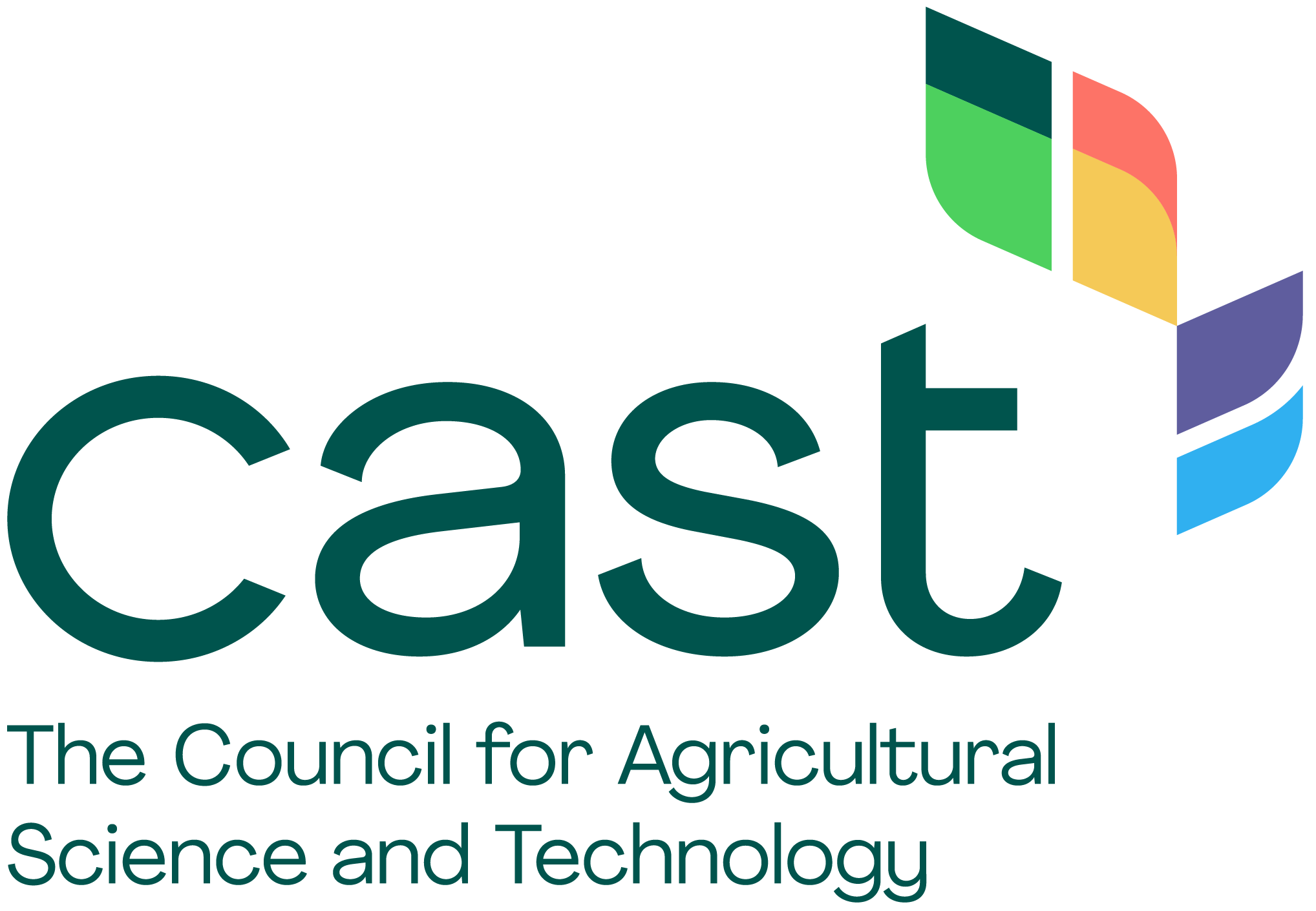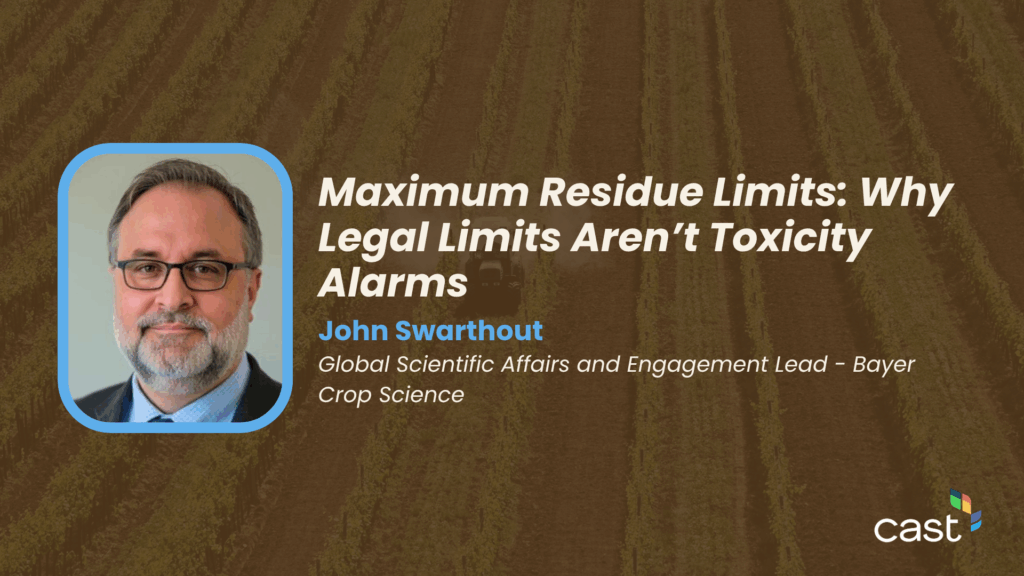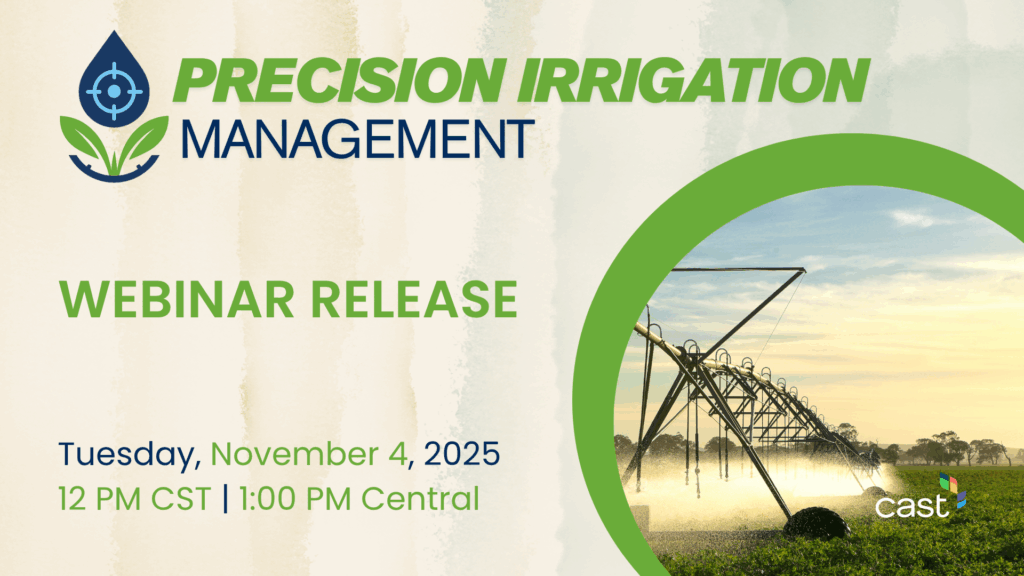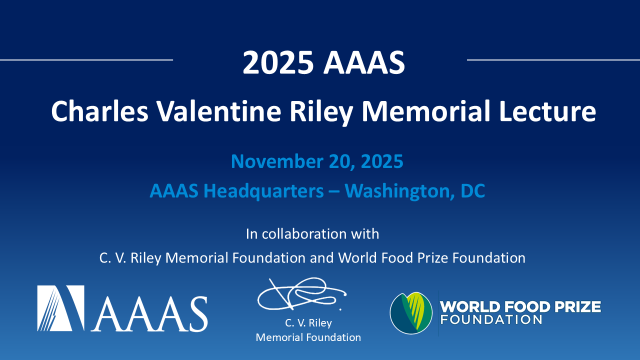By John Swarthout
Global Scientific Affairs and Engagement Lead – Bayer Crop Science
Pesticides are agricultural tools used by farmers to manage pests, such as insects, weeds, and diseases, that threaten crop health and yield. When used responsibly within integrated pest management systems, pesticides help farmers protect their crops under challenging environmental conditions, contributing to sustainable and productive agriculture.
Headlines about pesticides in food often mention residues, or Maximum Residue Limits (MRLs), but what are they? MRLs (called “tolerances” in the U.S.) are legal limits for pesticide residues on food and animal feed. They’re not safety thresholds. Instead, they are derived from regulatory studies of residue levels obtained when pesticides are applied to crops according to the approved labels and following good agricultural practices. Scientists determine the highest residue level present when farmers follow these rules, and that becomes the MRL, serving as a benchmark for trade and regulation.
Exceeding an MRL doesn’t mean a food is unsafe. Think of it like a speed limit: driving 65 in a 60-mph zone breaks the law, but it doesn’t mean your car will crash. Speed limits are set based on road conditions, traffic patterns, and safety margins. MRLs work the same way; they’re legal limits designed to ensure pesticides are used properly. Both are designed to promote safe behavior but exceeding either doesn’t automatically signal danger.
So, where does safety come in?
Continuing the analogy, a car’s safety depends on its critical safety features, including brakes, traction control, and airbags, not the posted speed limit. In food safety, those “features” are known as toxicological reference values like the Acceptable Daily Intake (ADI) and Reference Dose (RfD). These values are based on extensive studies and include large safety margins. They represent the amount of a substance a person can consume daily over a lifetime without health risk. Toxicological studies and risk assessments are used to ensure that dietary exposure from residues, even at the MRL, remains well below these safety thresholds.
Regulatory agencies like the Food and Drug Administration (FDA), United States Department of Agriculture (USDA), and European Food Safety Authority (EFSA) regularly monitor the food supply. Year after year, their findings consistently show that most food samples are well below the MRLs, and even when residues are found, dietary exposure is well within the range considered safe by the ADI or RfD.
It’s also worth noting that MRLs vary by country, not because safety standards differ, but because farming practices and diets do. Just like speed limits change based on road conditions, MRLs reflect local realities.
If a food exceeds its MRL, regulators may conduct investigations, restrict imports, or issue recalls. But these actions are focused on ensuring compliance with approved agricultural practices, not signaling immediate health risks. Again, MRLs are legal thresholds based on residue levels found when pesticides are used correctly. While exceedances typically indicate that a pesticide was not applied according to label instructions, they do not automatically imply that the food is unsafe. Crops with residues that are less than the MRL would be considered safe, assuming all other crops treated with the same pesticide had residues that are at or below the MRL; however, a crop that experiences an exceedance of the MRL is not by definition unsafe.
In today’s information-saturated world, it’s easy to become alarmed by sensational headlines. But understanding the science behind MRLs helps us see the bigger picture. While MRLs are essential for ensuring compliance and fair trade, they’re not a measure of food safety. So next time you see a headline about pesticide residues, remember: a legal limit isn’t the same as a health hazard. The systems protecting our food are strong and the data shows they are effective.




